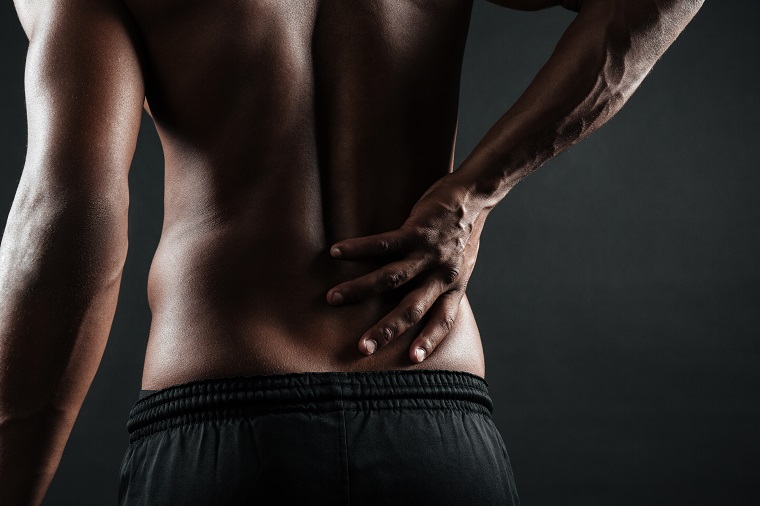Tape: the Latest Weapon Against Back Pain
By Michael Lim
13 December 2018

The holiday season is rife with stories of back pain. Between carrying gifts, putting up holiday decorations, and shovelling snow, people are often lifting more than they are used to. All of this repeated bending and heavy lifting can predispose people to increased back injuries and pain. Fortunately, new research in Prof. Stephen Brown’s lab in the Department of Human Health and Nutritional Sciences suggests that back pain can be avoided with a common tool: tape.
Back pain is one of the most common ailments in the world, with roughly 80% of people experiencing some form of it in their lifetime. Although typically experienced by mid-life and older individuals, it has also been reported in about 20% of teenagers. While some individuals may be predisposed to having problems with back pain, it is often associated with overly heavy or incorrect lifting habits. It is common knowledge that proper lifting techniques are important, but how to correctly use said techniques can be much harder to explain. For example, when told to “lift with your knees,” what muscles should and shouldn’t be used?
“A lot of back injuries come down to not enough education,” says Brown. “It has resulted in something I call ‘poor back awareness’ – difficulty in controlling different regions in the back.”
When recovering from or trying to prevent back injuries, people often turn to physiotherapists or personal trainers to get visual and/or verbal coaching. But visual training can be difficult when you can’t see your back as you move, and verbal instruction can be just a hard to follow if you don’t know how to control your back. To overcome these issues, Brown turned to another cue: touch.
According to Brown, placing a tactile cue on a person’s back would provide constant feedback about proper bending technique and what regions of the back to use as they attempt to lift an object.
To examine the potential role of touch in back pain avoidance, Brown and graduate students Brendan Pinto and Shawn Beaudette turned to a common household item: tape. Healthy volunteers in their early 20s were instructed to do a series of lifts. First, they lifted a 3kg weight with no instruction or tape. This was followed by lifting the weight with tape applied to their lower back, and then again after receiving verbal instructions to avoid stretching or crunching the applied tape. Finally, the tape was removed and participants were coached to ‘pretend the tape was still affixed’. By guiding the study participants through this process, Pinto and Beaudette were able to measure back strain factors such as the average angle the lower back is bent when lifting. The greater the angle, the greater the risk of back strain.
Interestingly, the application of tape alone immediately reduced the bending angle. The angle was further reduced when participants also received verbal instruction. And when the tape was removed, the participants continued to maintain their reduced low back bending angles.
According to the researchers, the participants intuitively realized they needed to increase the bending of other regions of the body – such as their hips and knees – to compensate for reducing the amount of back bending.
The lab is continuing to study the long-term effects of tactile cues on back movement, and Brown is hopeful that the inclusion of touch-based coaching can be used as a tool to keep people working safely or return them to work earlier after a back injury.
In the meantime, Brown encourages everyone to further their knowledge about proper body movement.
“I really don’t want people to be afraid of bending their backs,” says Brown. “Back injuries happen to almost everyone. What is important is finding out how to properly recover, and learning techniques to move your body in the best ways to prevent future injuries.”
Funding for this research came from the Natural Sciences and Engineering Research Council of Canada.
Read the full story in the journal Human Movement Science.
Read about other CBS Research Highlights.